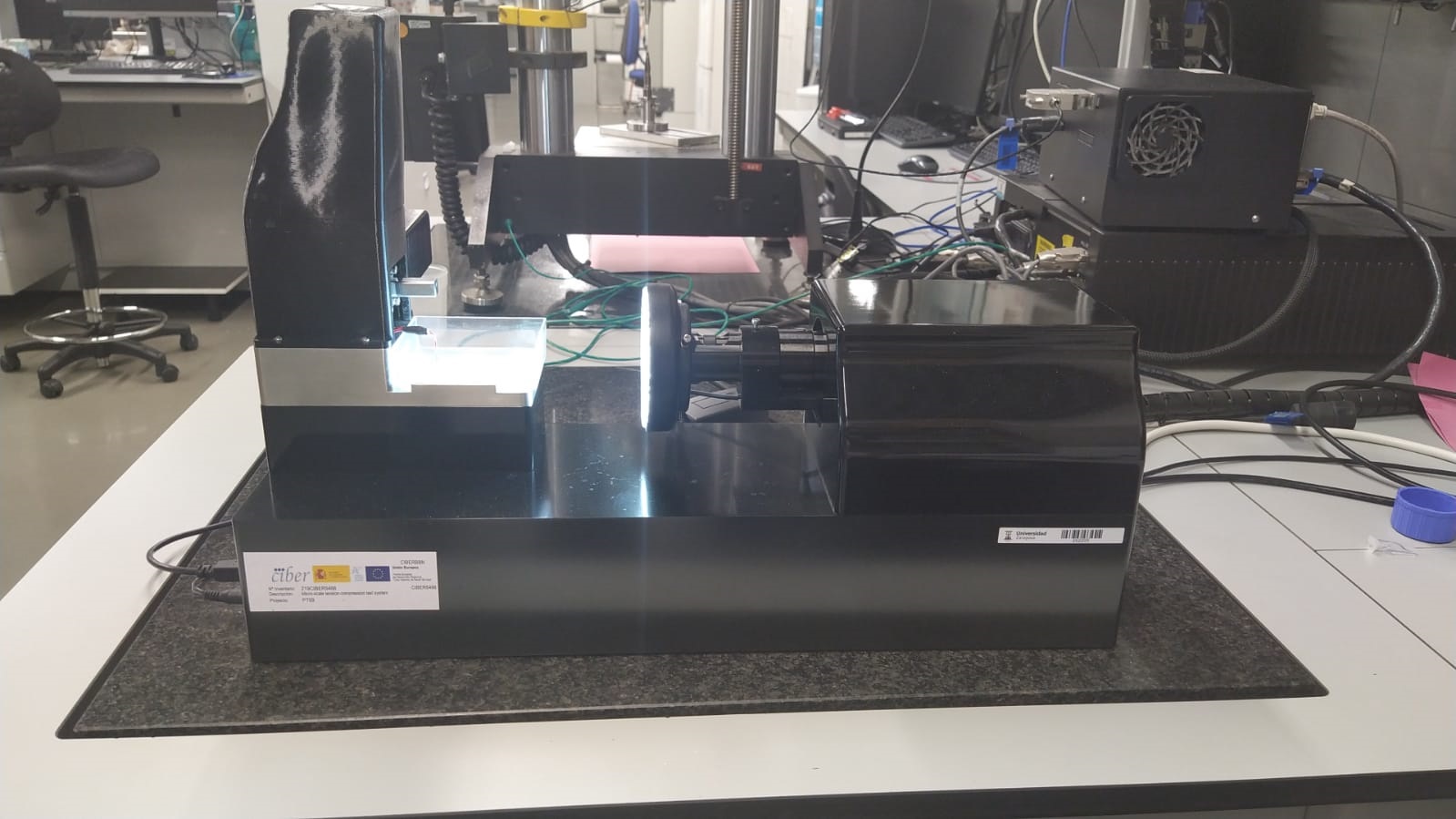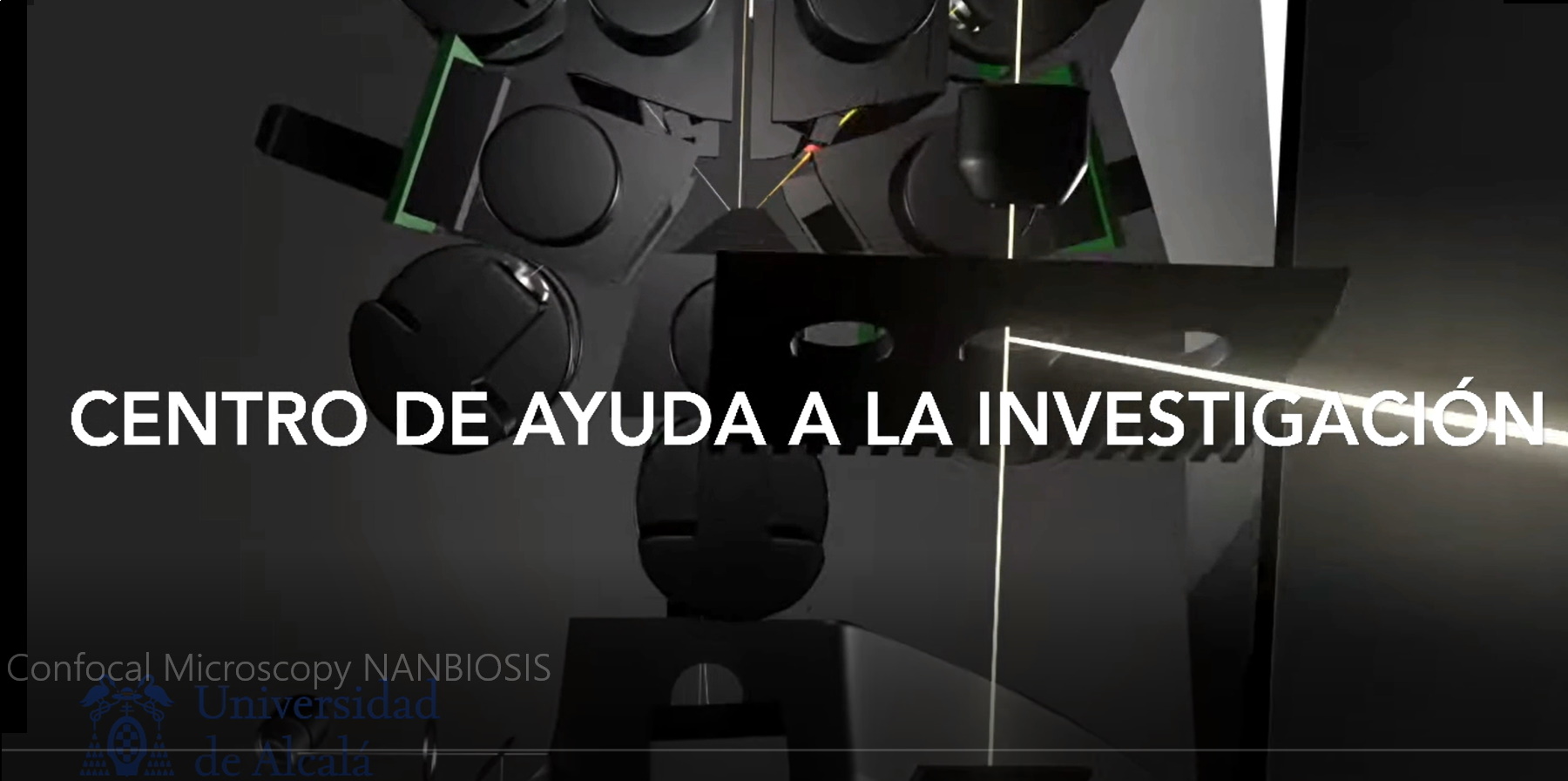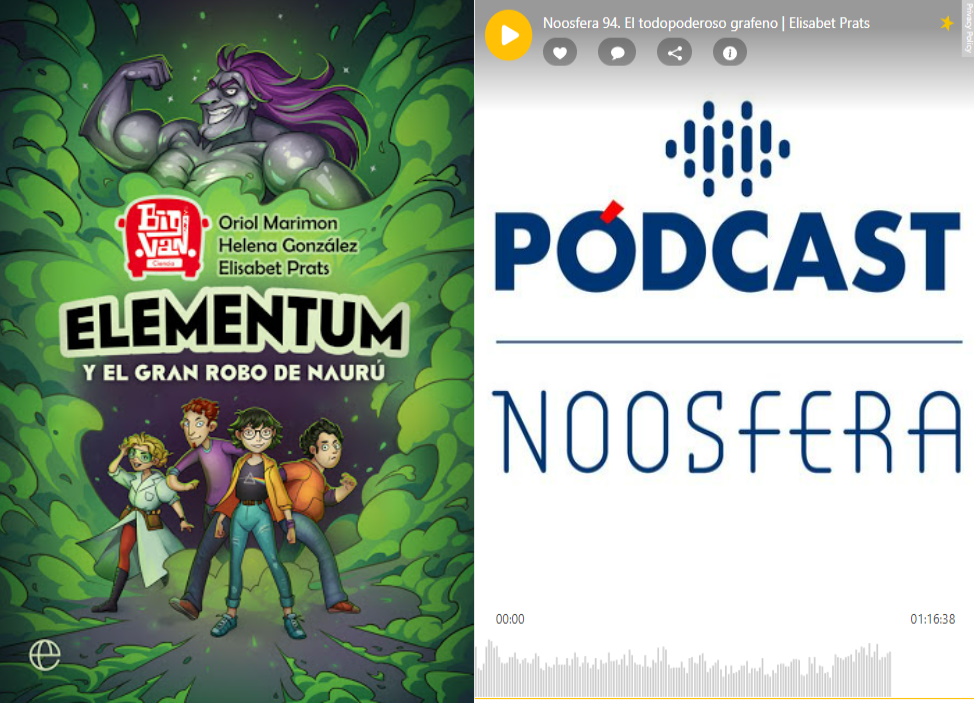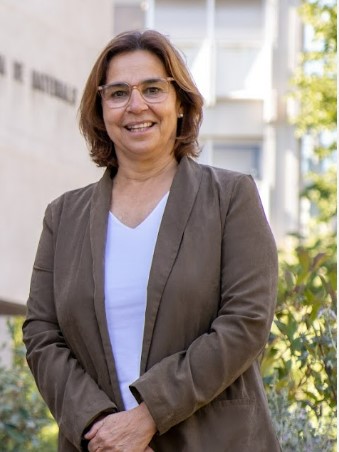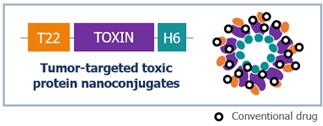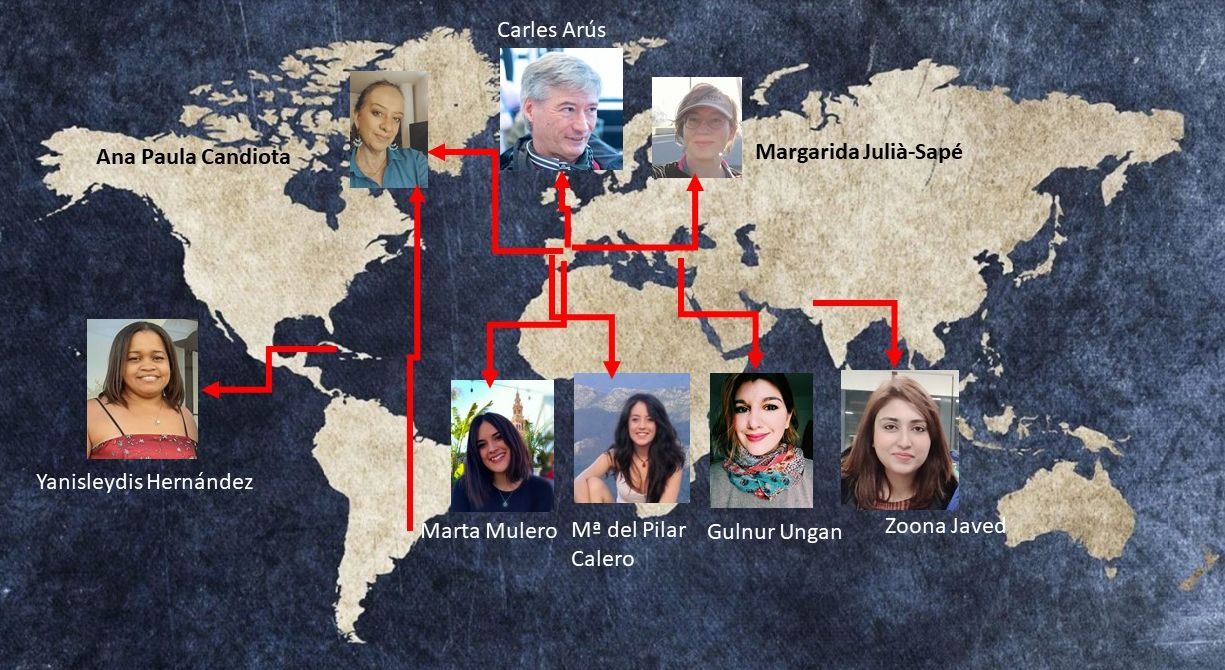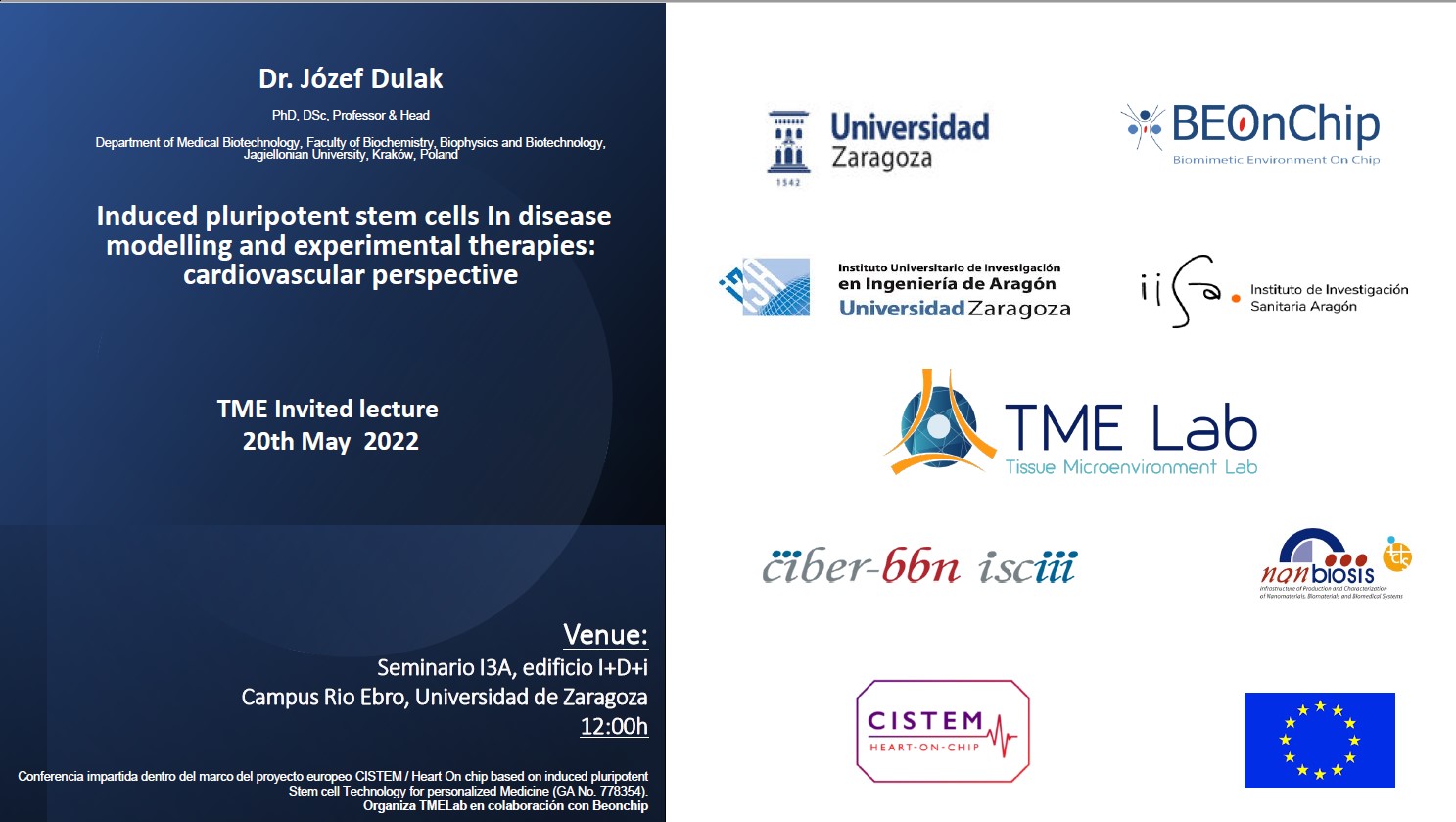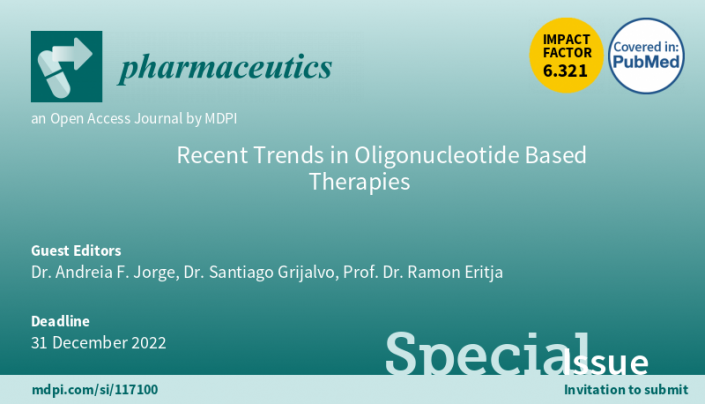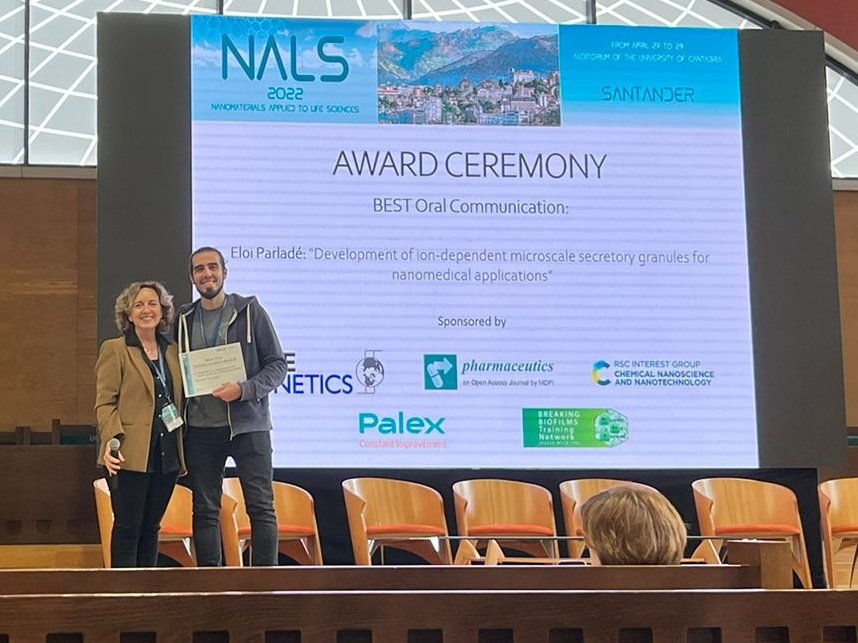U13-E04. Micro-scale tension-compression test system CellScale.
Test system for small samples including: Description: Enhanced for smaller samples, the MicroTester offers improved force resolution, streamlined test setups, and exceptional visual feedback. It’s ideal for a wide range of applications, from tiny tissue samples to hydrogel microspheres, cell spheroids, and engineered microtissues. Technical specifications: Piezo-electric actuators with 0.1µm resolution Optional second axis imaging Force resolution down to 10nN High resolution CCD imaging Integrated temperature-controlled media bath Fully featured user interface software for simple, cyclic, relaxation, and multi-modal testing with real-time feedback
Aplications: Compression, tension, bending, indentation and shear testing
